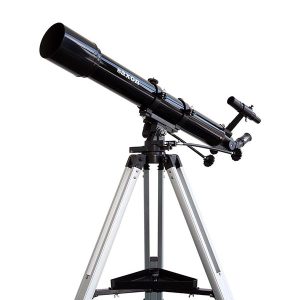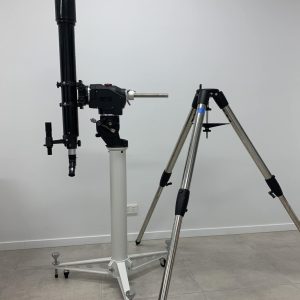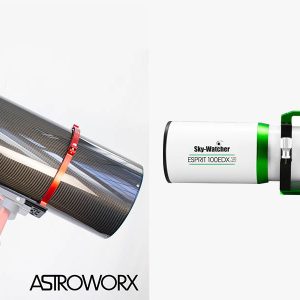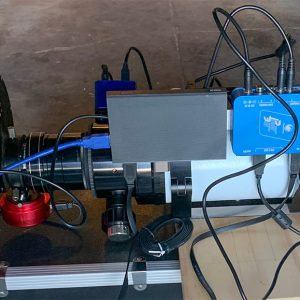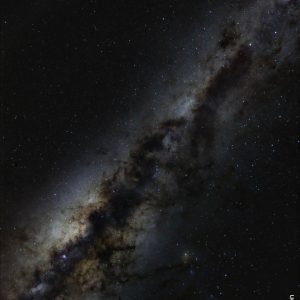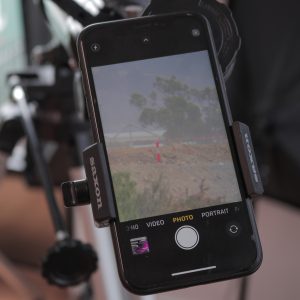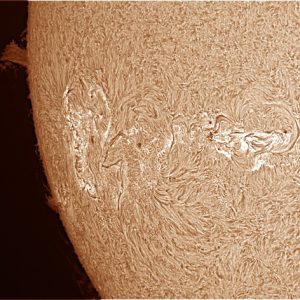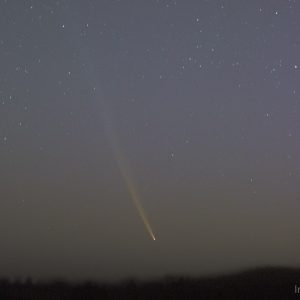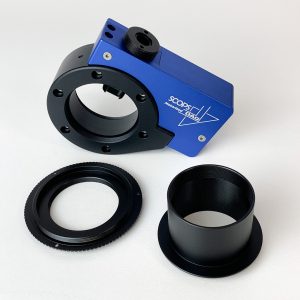For the Lunar Eclipse of September 2025, Bill used a remote facility that Sidereal Trading had installed at a club in Victoria to get a sequence of images. It didn’t go quite to plan, but he got the shots anyway.
Tutorials
What objects can you see with a small refractor telescope?
How to get a nice sharp image of a Lunar eclipse
Lunar eclipses, or blood moons, are really cool, and people love getting photos. But during the eclipse the Moon is dark and a photo doesn’t show the same details as a normal full Moon. This tutorial shows how to capture the sharpness of the full moon and still get the colour of the blood moon.
Long refractors, tripod legs and a pier tripod
Have you had troubles pointing your telescope at the zenith? It’s especially difficult if you’ve got a long refractor, because the eyepiece or camera end of the refractor can run into one of the tripod legs. You can use a pier extender, but better still, you can use a pier tripod, which has a cental pier from close to the ground. No tripod legs, not obstructions.
Telescope – Frequently Asked Questions (FAQs)
The Sidereal Trading Telescope (FAQs) blog page provides answers to commonly asked questions that customers might have about telescopes.
A caution about USB-C power supplies
USB-C is becoming an industry standard in astrophotography as it can use fewer cables by sharing power and data. However, some components need higher voltages through that USB-C cable. If you plug a 12V cable into a component that needs 5V you can cause damage. Please be careful!
Getting wide field Milky Way images – powering your camera and dew heater
Getting deep images of the Milky Way can take a lot of power from your DSLR’s battery. Using a dummy battery to power your camera means you can leave it running all night and you won’t have to change batteries. You power the dummy battery with a PegasusAstro DSLR Buddy, and that means you can also run a dew heater strap from the mains, or a big battery.
What’s an infinity corrected objective, and why use it in macrophotography?
An infinity corrected objective is a lens used for macrophotography. It looks very much like a microscope lens, and when you pair it with a tube lens it has quite a few advantages over more traditional macro lenses.
How to attach your phone to a telescope using a saxon ScopePix
Using Lunt Telescopes to look at the Sun
With the Australian Solar eclipse coming in 2028, it’s time to get familiar with solar telescopes. With Lunt telescopes you can see the surface of the Sun using white light, or Hydrogen alpha and Calcium-K filters. These all show different aspects of what’s happening there. If you want to photograph it as well, there are cameras for that too.
Getting an image of a comet using the Benro Polaris
Bill used the Benro Polaris tracking mount to get images of comet Tsuchinshan-ATLAS. This post tells the story of the expedition. He also reviews the Polaris.
What on earth do the numbers on the Pegasus adapters mean?
There are lots of different adapters available for all sorts of different jobs. PegasusAstro adapters have a consistent way of defining what’s on either ends, so you don’t end up scratching your head.
Catching a Lunar Eclipse using a remote facility
For the Lunar Eclipse of September 2025, Bill used a remote facility that Sidereal Trading had installed at a club in Victoria to get a sequence of images. It didn’t go quite to plan, but he got the shots anyway.
What objects can you see with a small refractor telescope?
How to get a nice sharp image of a Lunar eclipse
Lunar eclipses, or blood moons, are really cool, and people love getting photos. But during the eclipse the Moon is dark and a photo doesn’t show the same details as a normal full Moon. This tutorial shows how to capture the sharpness of the full moon and still get the colour of the blood moon.

